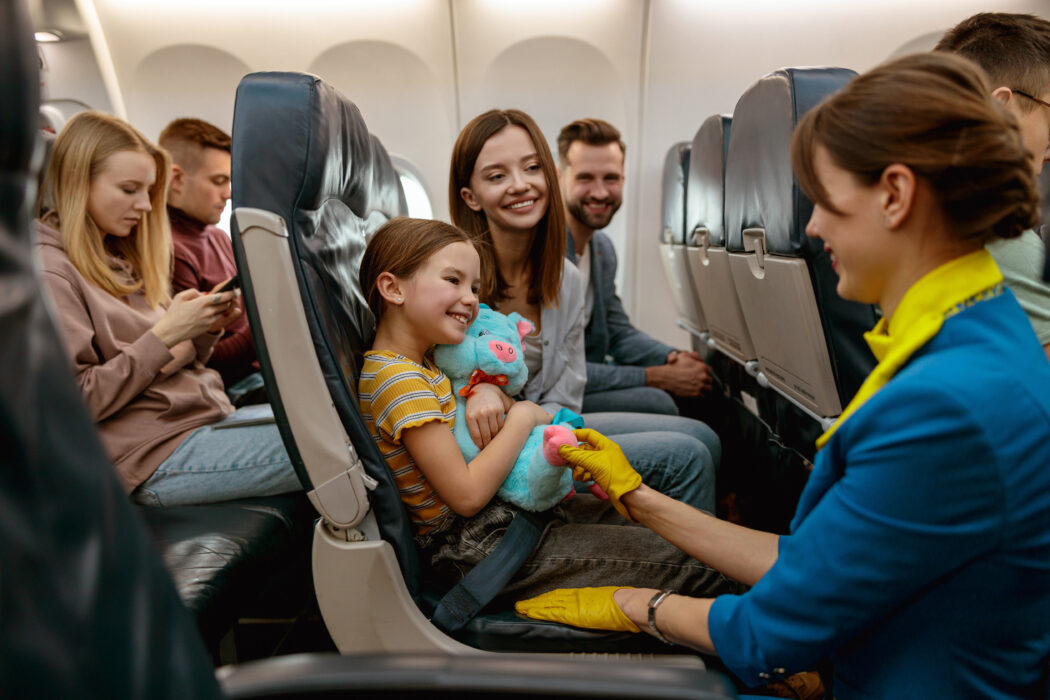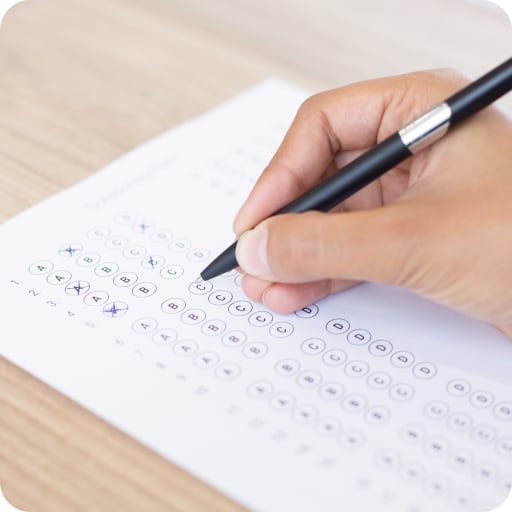Since it was first released in the late 1920s, the Strong Interest Inventory (SII) has helped thousands of job seekers find careers that fit their personal preferences and proclivities. It works through a multi-stage process, starting with a Valid and Proven Comprehensive Assessment that gauges many aspects of an individual and then triangulates their responses against those of professionals already working in hundreds of careers. In addition to recommending specific careers, the SII also guides job seekers toward one or more of six career categories, each containing careers that share specific characteristics. For example, according to the Strong Interest Inventory Test, Flight Attendants are considered Enterprising careers because flight attendants are involved in customer service and due to the fact that they often need to motivate or influence passengers and other team members to behave in specific ways.
Flight Attendants, sometimes called Flight Members or Crew Members, are responsible for serving airline passengers and monitoring their safety. Their work begins well before takeoff. Before passengers arrive, Flight Attendants must attend preflight briefings on factors that may affect the flight to come, including weather, routes, altitudes, length, crew roles and coordination, number of passengers, types of concessions offered, and more. They must also prepare the aircraft, including ensuring that all amenities (e.g., food, blankets, and drinks) and emergency preparation resources (e.g., first aid kits and fire extinguishers) are fully accessible, operational, and sufficient for the number of passengers expected. Once the aircraft is prepared for boarding, Flight Attendants facilitate the boarding process by greeting passengers, taking their tickets, directing them to their assigned seats, and possibly helping them with their baggage.

Utilize The Strong Interest Inventory to find your best-fit Career
Before takeoff, a Flight Attendant announces and demonstrates safety and emergency procedures to passengers. These procedures may include instruction for using safety equipment such as seat belts, oxygen masks, and life jackets; the location of emergency exits, ramps, and other items relevant for evacuation; and the correct manner to exit the aircraft during an emergency landing. During the flight itself, Flight Attendants must monitor passenger behavior to ensure that there are no threats to the safety of the crew or other passengers by walking the aisles of the plane. They also ensure that all passengers are comfortable, and they may provide food or beverage service or other amenities such as blankets or pillows. In some cases, Flight Attendants may need to administer first aid or provide additional assistance to passengers with special needs, such as small children, the disabled, or the elderly. In case of turbulence, Flight Attendants may need to make announcements or otherwise reassure passengers who feel uneasy. At the end of the flight, Flight Attendants prepare passengers and the aircraft itself for landing. In addition to bringing seat backs and tray tables to the upright position, they must ensure that all baggage and personal items are appropriately stored. After passengers deplane, flight Attendants facilitate cleaning the cabin. Then, they must prepare reports or inventories showing passenger ticket numbers, meal and beverage inventories, cabin equipment conditions, and any challenges or situations that may have occurred during the flight.
A successful Flight Attendant needs to be able to use essential office software such as Microsoft Office Suite, web browsers, and calendars or scheduling software. They must also be able to follow and convey specific instructions in English and other relevant languages, particularly if they are involved in international flights. Perhaps most importantly, Flight Attendants must be interested in customer and personal service since most of their job involves interfacing with passengers. Most Flight Attendants hold a high school diploma (70%), while a small percentage hold a Bachelor’s degree (12%) or completed some college without earning a degree (10%). Instead, Flight Attendants must complete a training academy or accreditation through the airline that employs them.
The median salary for Flight Attendants in the United States is $59,050 annually. Estimating an hourly wage is challenging because Flight Attendants’ hours can vary widely depending on their contracts and airlines. Furthermore, detailed data on local and regional variation in Flight Attendants’ salaries are unavailable through the Bureau of Labor Statistics because the career inherently involves frequent travel across the state and even international borders. Nonetheless, employment in the United States is high, with 102,500 Flight Attendants currently employed across the country. Employment is forecasted to grow rapidly, with an estimated growth of 15% or more in the next ten years and an estimated increase of 17,600 jobs by 2030.
Below are some employment trends for Flight Attendants:
- Median Salary: $59,050 annually
- Employment: 102,500 employees
- Projected growth (2020-2030): Much faster than average (>15%)
- Projected job openings (2020-2030): 17,600
Visit Our Strong Interest Inventory® FAQ Page
Visit Our Myers-Briggs Type Indicator® Career Resource Database for Information on MBTI® Personality Type Careers
To Learn About the Myers-Briggs Type Indicator, visit our About MBTI Test Page
Assessment Categories
References
- Bureau of Labor Statistics wage data and 2012-2022 employment projections Onetonline.org









